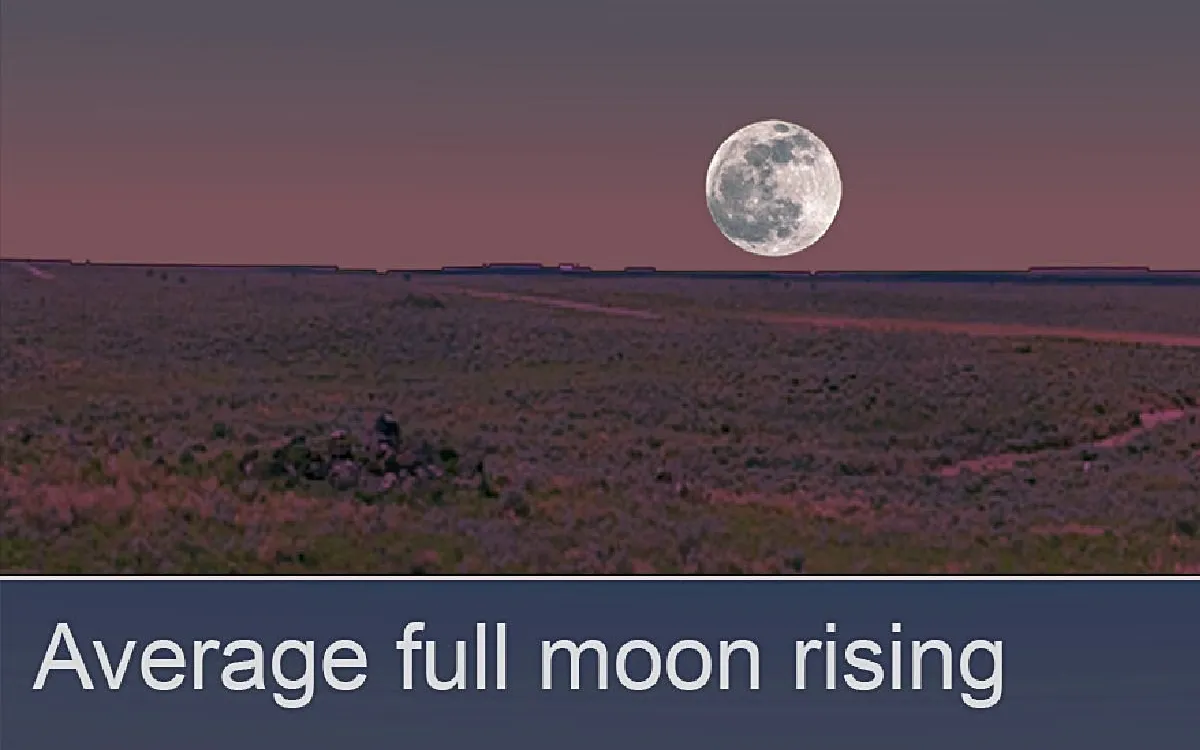
Many of us learned about the moon's distance during our school years, often recalling the phrase: "The moon is 240,000 miles from Earth." While this statement is widely recognized, it is important to note that this figure is merely an average distance. In reality, the moon does not follow a circular orbit around our planet; instead, it travels in an elliptical path, which means its distance from Earth varies throughout its monthly cycle.
Scientists have developed sophisticated methods to measure the moon's distance with remarkable accuracy. By bouncing a laser beam off reflectors installed on the moon by Apollo astronauts decades ago, researchers can determine the lunar distance to within less than 2 millimeters or about one-thirteenth of an inch. While this level of precision may seem excessive to the average observer, it highlights the advancements in lunar measurements.
For those who enjoy stargazing, mark your calendars for Wednesday, November 5. On this evening, a unique full moon will rise in the east at dusk, offering a splendid opportunity to witness its beauty. The moon will be near its perigee position, which is the point in its orbit closest to Earth, approximately 221,726 miles away. This proximity may cause the moon to appear slightly larger than usual, making it the closest, brightest, and largest-appearing full moon of 2025.
This lunar perigee occurs monthly, but when it aligns with a full moon, it is often referred to as a "supermoon." However, it's worth noting that the term "super" may be a bit misleading. On this particular evening, the moon will only appear about 7% larger than an average full moon. To put this into perspective, consider leaving a 7% tip at a restaurant; it's unlikely that your server would exclaim, "Oh, what a super tip!" This modest increase in size may not be noticeable to many observers.
Even for seasoned moon-watchers, noticing the size difference can be challenging. Much of what we perceive as the moon's largeness may be attributed to a phenomenon known as the moon illusion. When the moon is near the horizon, our brains interpret it as being farther away, leading us to expect a smaller image on our retinas. As a result, when the moon appears larger than anticipated, our brains conclude that it must be bigger. However, later in the evening, when the moon is high in the sky, this illusion dissipates, and it may appear smaller due to the absence of a horizon to reference.
Regardless of whether you perceive the moon as larger or not, the experience of watching the full moon rise is always breathtaking. So, be sure to step outside after sunset on November 5 to witness the stunning ascent of the full moon over the eastern horizon. It promises to be a memorable evening for all sky enthusiasts!